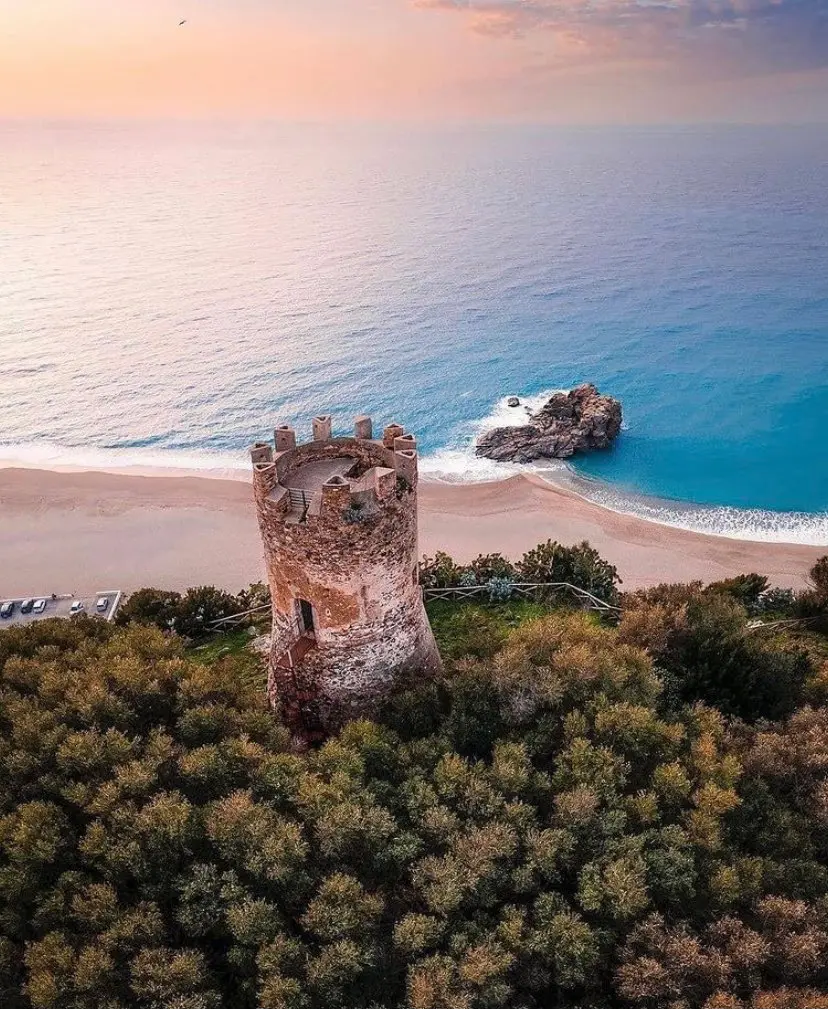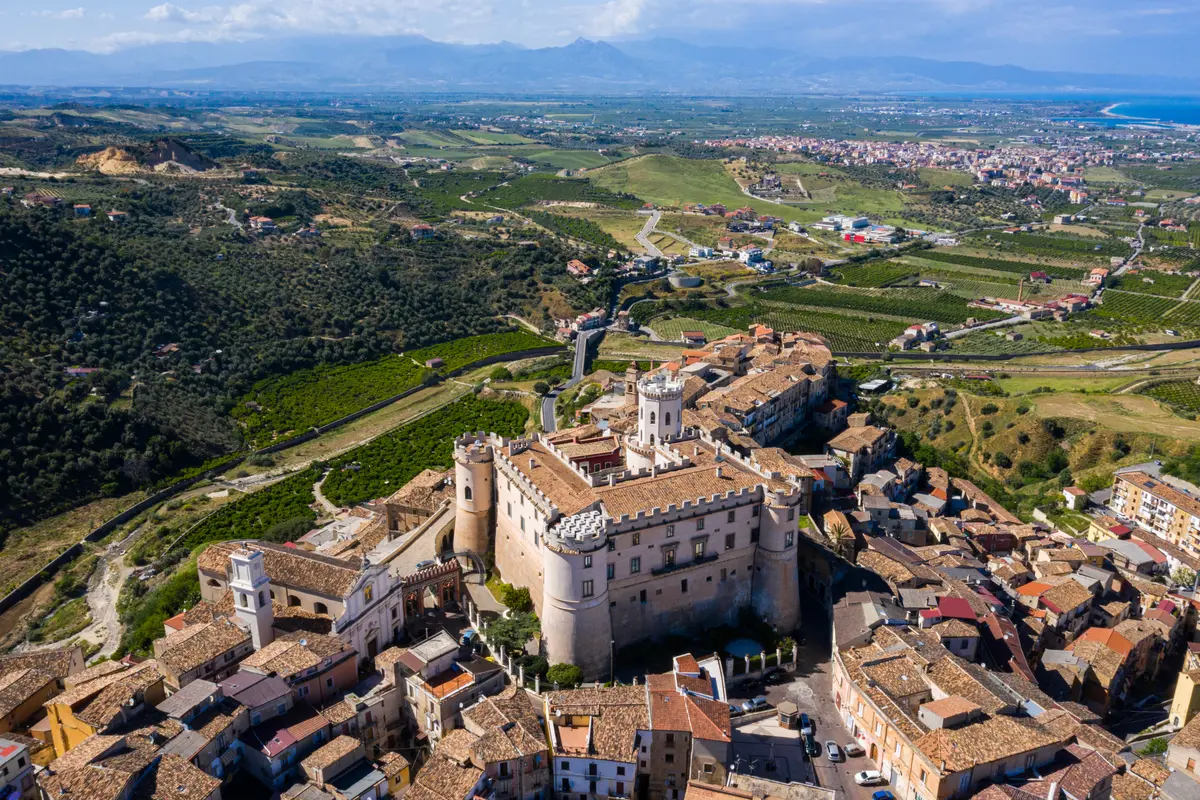A visit to the National Archaeological Park of Locri Epizephyrii
A dive into Magna Graecia and ancient Locride
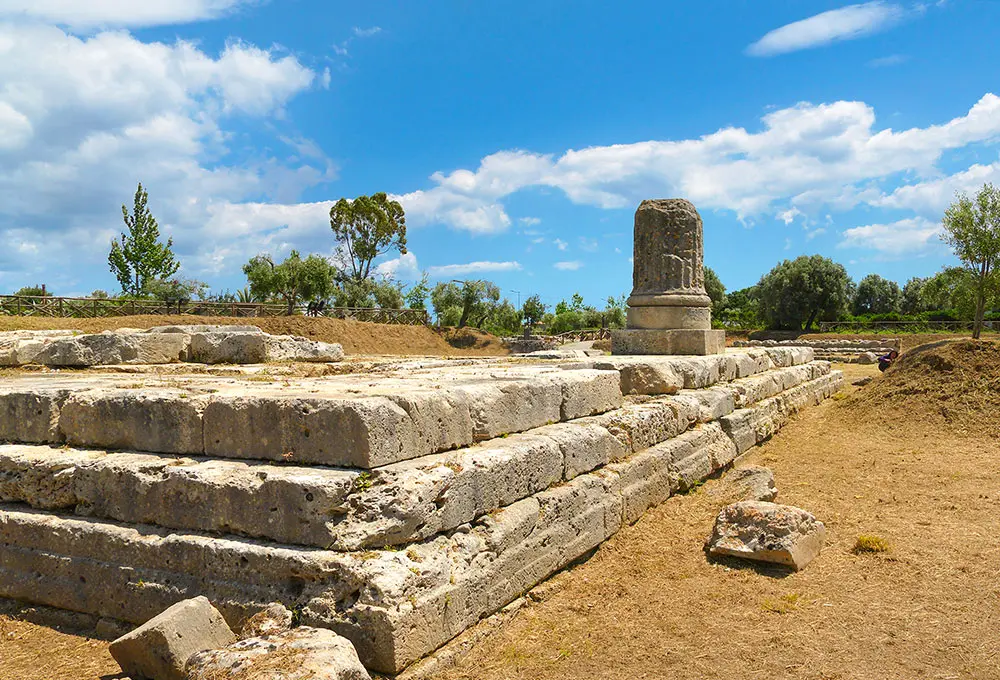
Art and Culture
Regione Calabria
Imagine immersing yourself in the fascinating world of Magna Graecia and its ancient Calabrian polis, amidst temples, luxurious dwellings and furnishings that have survived intact to this day to tell us of domestic and ritual customs.
Imagine that this city-state is still one of the most interesting along the Ionian coast of Calabria, in the province of Reggio Calabria, so much so that it gives its name to the entire territory that falls around its orbit, the Locride.
Ready to discover the classical face of Locri Epizefiri?
The National Archaeological Park of Locri Epizephyrii
The National Archaeological Park of Locri Epizephyrii, a stone's throw from the Ionian coast known as the Riviera dei Gelsomini, is the gateway to the archaic dimension in which Zaleucus, the first legislator of the western world, and Nossis, the poetess of love, lived. Access to what remains of the Greek polis of the same name, Locri Epizephyrii.
Founded in the late 8th century B.C. by Greek refugees who settled along the coast, Locri was one of the most important cities of Magna Graecia in Calabria, a protagonist of the political, religious and sapiential scene of the time until the Roman period.
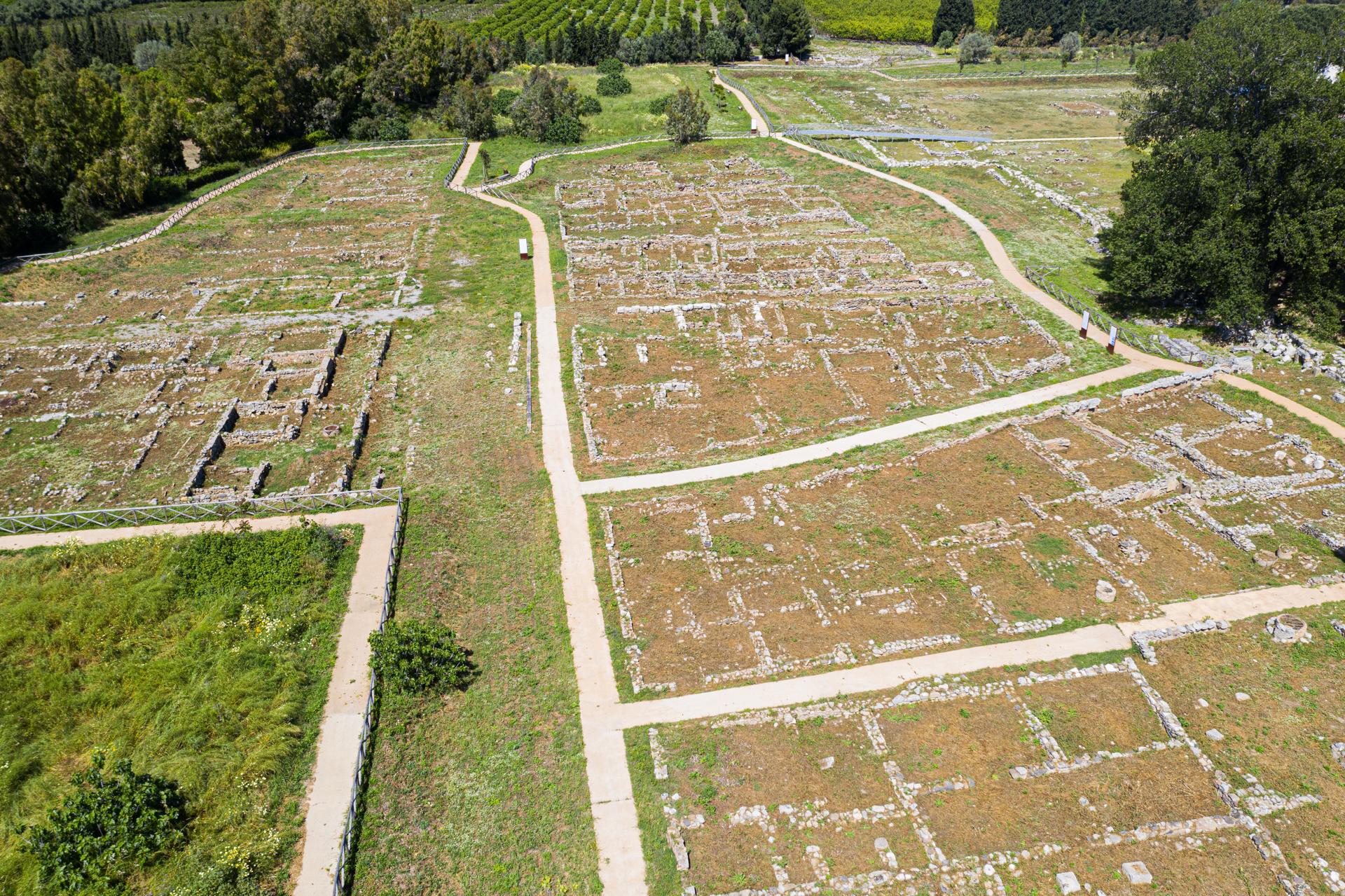
Preserved by the lack of modern habitation, the ancient city can still be traced among the remains of the Archaeological Park of Locri, immersed in the Mediterranean maquis and rich in structures that are still legible: sanctuaries and monumental temples, such as the one in Contrada Marasà, the largest of those explored in the archaeological area (7th century B.C.) with a remarkable sculptural decoration of the Phidias school, now on display at the National Archaeological Museum of Reggio Calabria.
A Doric temple dedicated to Zeus stood near the theatre, near Casa Marafioti, very important for its archive of bronze tablets found in a stone shrine; near the settlement of Centocamere stood the Temple of Aphrodite, protector of seafarers and the sea, consisting of a series of U-shaped rooms, with a portico in front and a large central courtyard probably used for communal banquets.
Outside the walls is the famous Persephoneion, which Diodorus Siculus described as "the most illustrious sanctuary in Italy". From here comes one of the richest votive deposits of Magna Graecia, from which come the famous pinakes, terracotta tablets depicting the myth of Persephone.
The visit to the Park of Locri Epizefiri is completed with the small Archaeological Museum in Marasà.
What to see in Locri
Today's town of Locri shows very different characters from those of its classical origins, as demonstrated by the Church of Santa Caterina, today in Romanesque-Lombard style, which houses a series of valuable wooden processional sculptures (1850) and the Cathedral of Santa Maria del Mastro.
The "Spinola" Town Hall is remarkable, in Renaissance style, culminating in a large pediment housing the town clock in Roman numerals.
Among the most representative monuments of the ancient Magna Graecia past is the Monument to Nossis, a Locrian poetess depicted on the seafront by sculptor Tony Custureri.
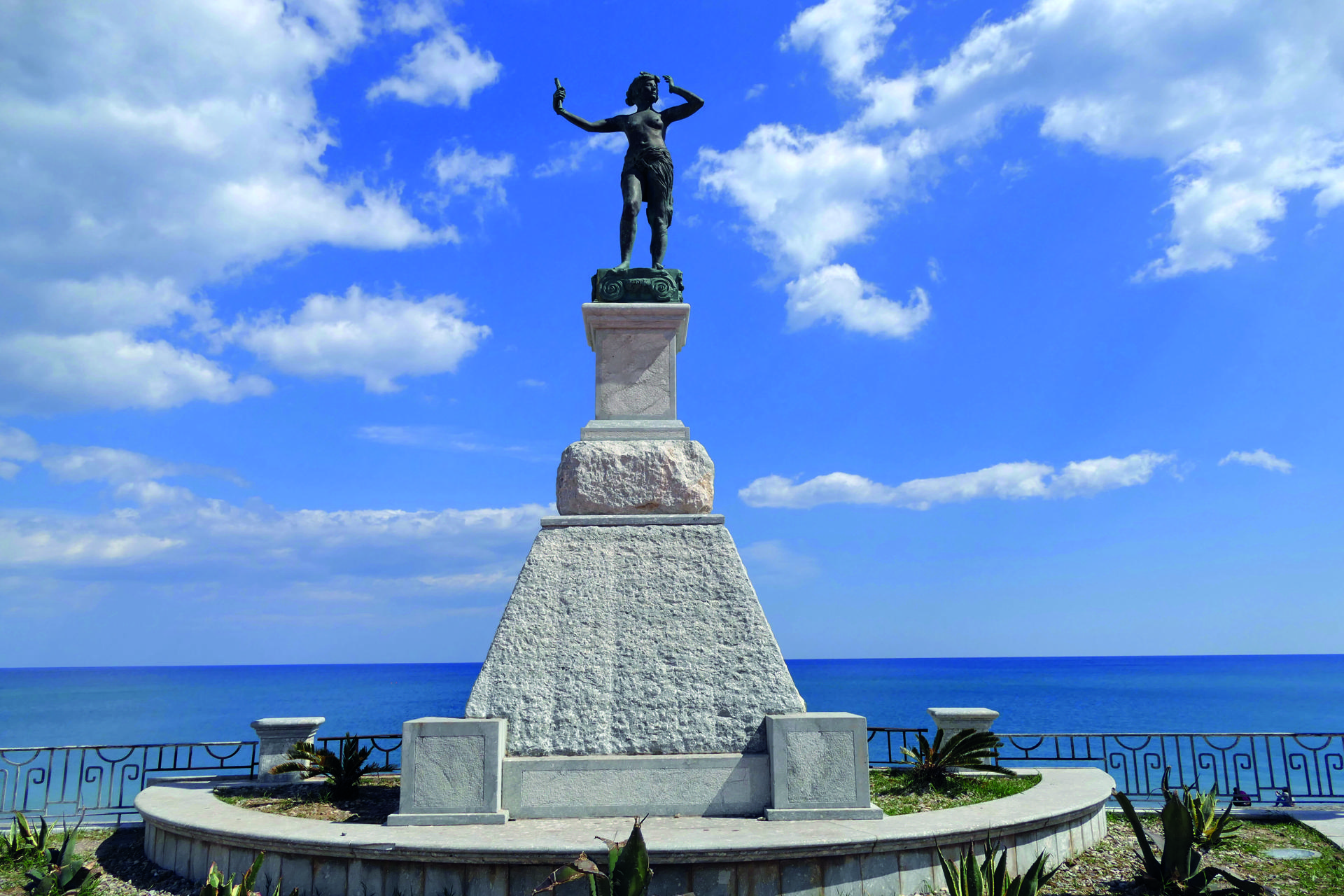
What to taste before leaving Locri? Stuffed anchovies, a typical local dish cooked in several variations and accompanied by a good glass of Greco di Bianco CDO.
https://calabriastraordinaria.it/en/news/a-visit-to-the-national-archaeological-park-of-locri-epizephyrii
